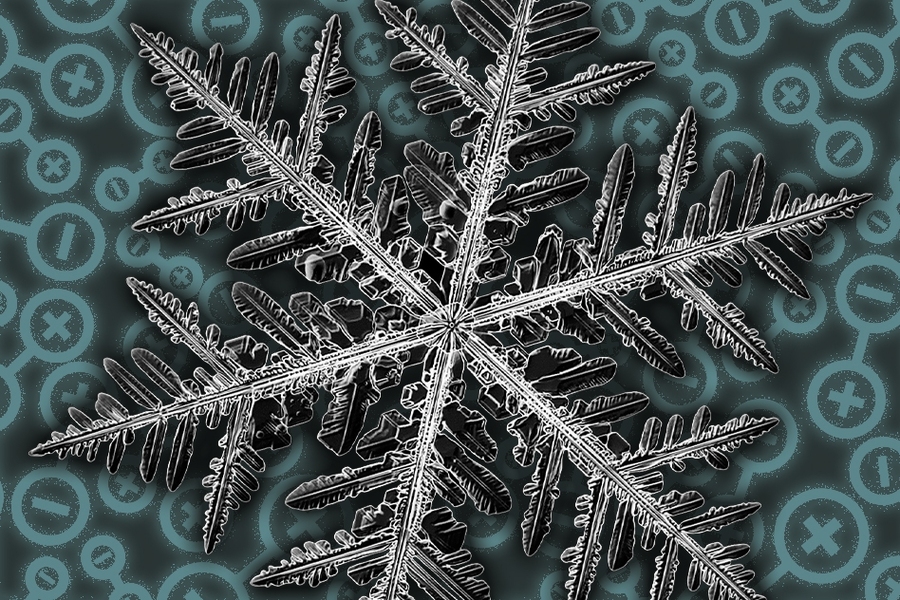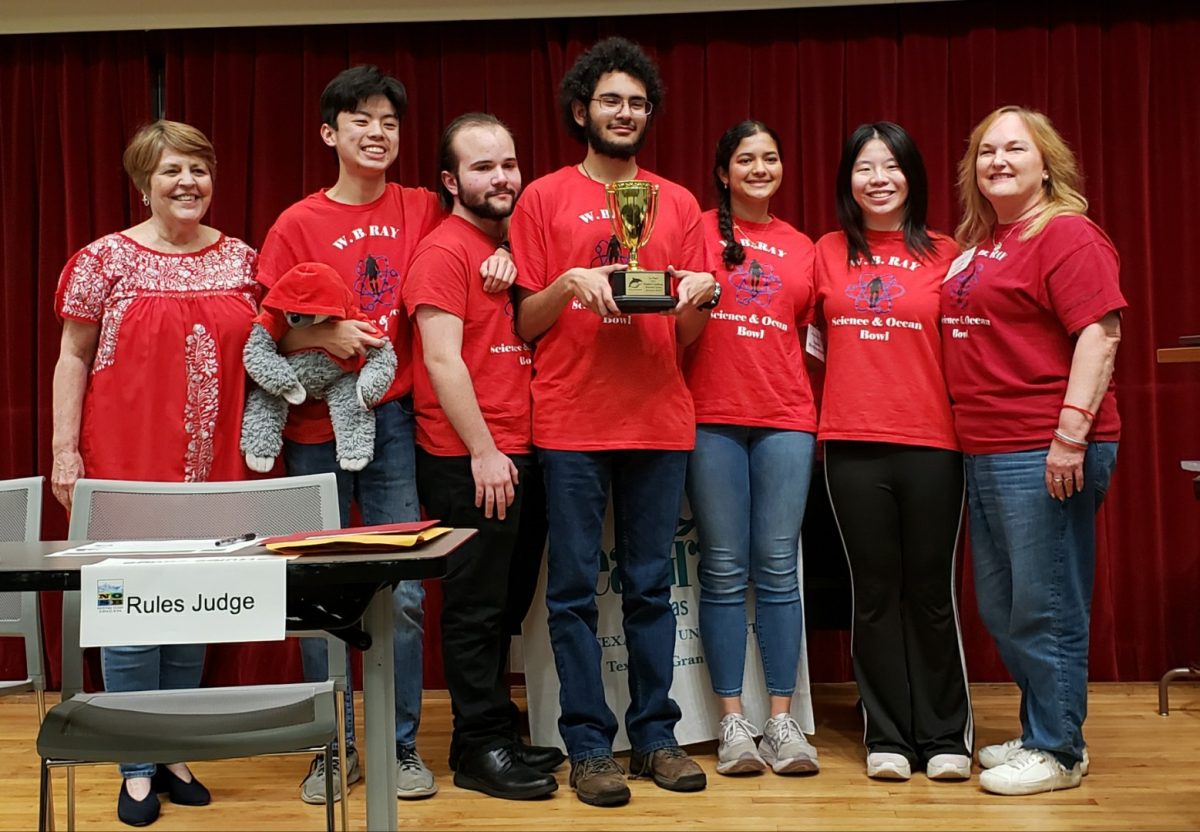In the iconic movie Frozen, Elsa, in the hit song “Let it Go”, speaks about “frozen fractals all around”. Now, that might just seem like a bit of fancy word play, but it actually fits the scene quite perfectly. A fractal, by definition, is a geometric shape containing detailed structure at arbitrarily small scales, usually having a fractal dimension strictly exceeding the topological dimension. In simpler words, it is a type of mathematical shape that is infinitely complex, and keeps on repeating forever, getting smaller each time it repeats. Fractals are particularly interesting, because every part of it, no matter how zoomed in or out you are, looks relatively similar to the whole image. You might not realize it, but you’ve seen fractals in more than just the ice in Frozen. Fractals can be found in seashells, galaxies, and even the structure of the human lung! There are also variations of fractals, which are basically just a lot of fractals connected. Examples of branching fractals include trees, ferns, rivers branching, the blood veins in our lungs, lightning bolts, and even the neurons in our brains. This might seem really random, but fractal geometry provides us with a way to capture the “roughness” of some objects, mostly things found in nature, like mountains, clouds and trees. The underlying principle of fractals is that a process that begins very simply, can then go through numerous iterations, which then turns it into a very complex process. Fractals model the complex process by looking for the simpler process that is hidden within the complexity, because anything that is complex is really just made up of a series of simple things strung together to make something very complicated. The most famous fractal in modern mathematics, besides Elsa’s in Frozen, is the Mandelbrot set. Fractals are present in our everyday lives, and contribute much to society, whether we see it or not, because fractals are an ubiquitous fact of nature. Pineapples, which are one of my favorite fruits, grow according to fractal laws! Ice crystals do as well, hence why the word was used in the song “Let it Go”, and fractals also allow many plants to maximize their exposure to sunlight. If you’re an art lover, another place you might’ve seen fractals is in various works of art done across the world, and most of them in different time periods. Fractals can be found in Roman, Egyptian, Aztec, Incan and Mayan works. Hokusai’s Great Wave from 1830 is probably one that most people have seen, but didn’t realize that fractals played a part in the artwork. Scientists at the Massachusetts Institute of Technology also discovered fractal patterns in quantum material in 2019. The material it was found in was a rare Earth nickelate called neodymium nickel oxide, that, depending on its temperature, can act as both a conductor or an insulator. It’s also magnetic, but the orientation of the magnetism depends on the orientation of the domain. Each domain found in the material represents a region of the material with a specific magnetic orientation. These domains are where the researchers identified the fractal-like pattern. Fractals are really interesting, not only because they are present in so many aspects of our lives, but also because they are a naturally occurring artwork that you can find, if you look for it. Try and find some that you see in your everyday life!
Categories:
Frozen Fractals All Around!
Saara Bindingnavele, Features Editor
January 9, 2024
The repeating patterns in a snowflake are a classic example of beautiful, geometric fractals. Now MIT scientists have discovered fractal-like patterns in the magnetic configurations of a quantum material for the first time.
0
Tags:





